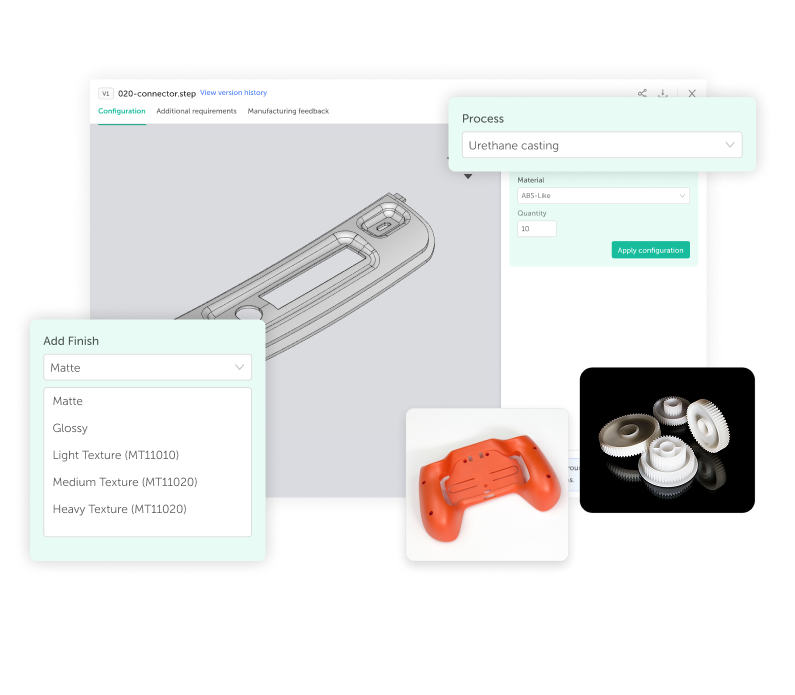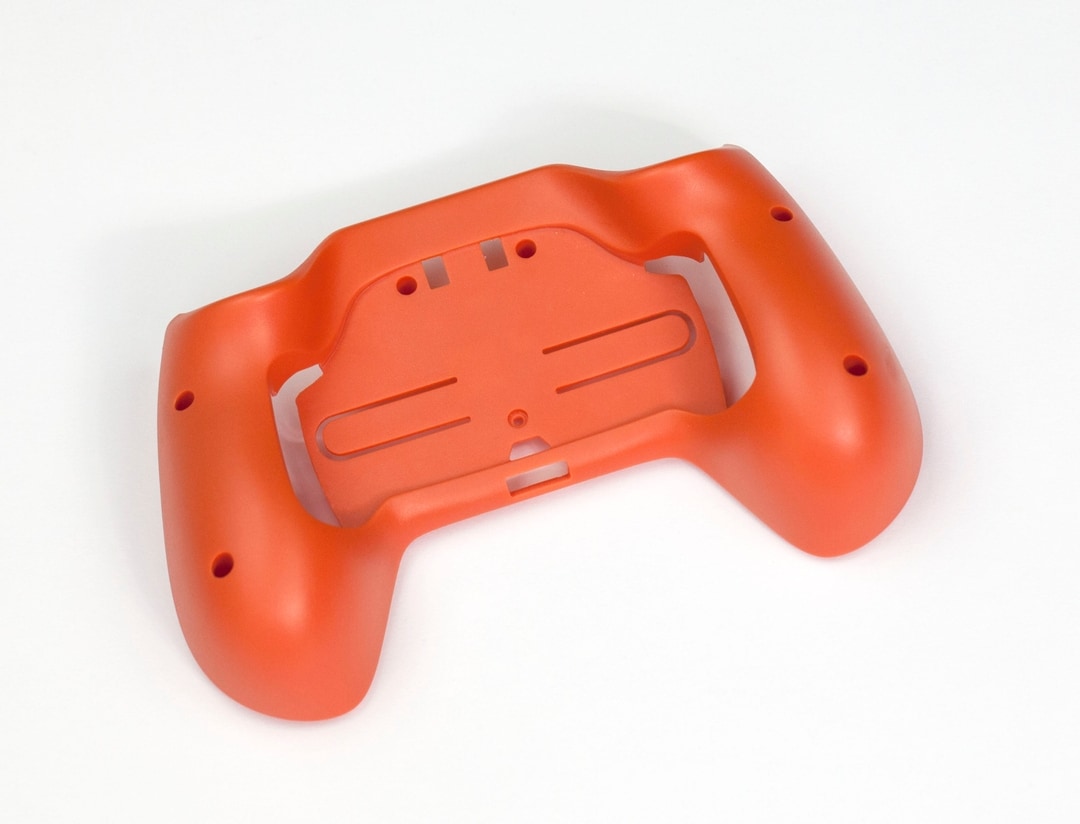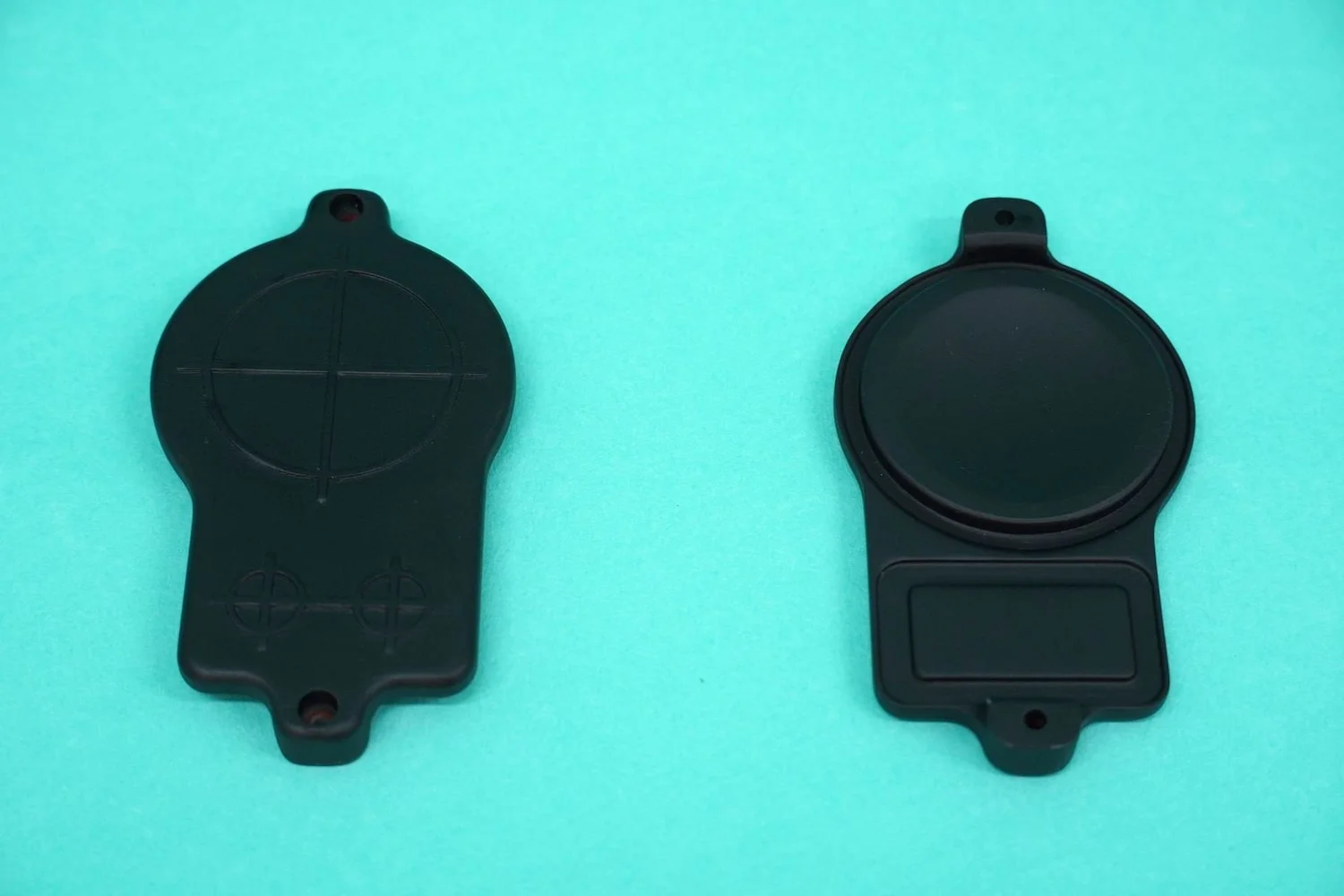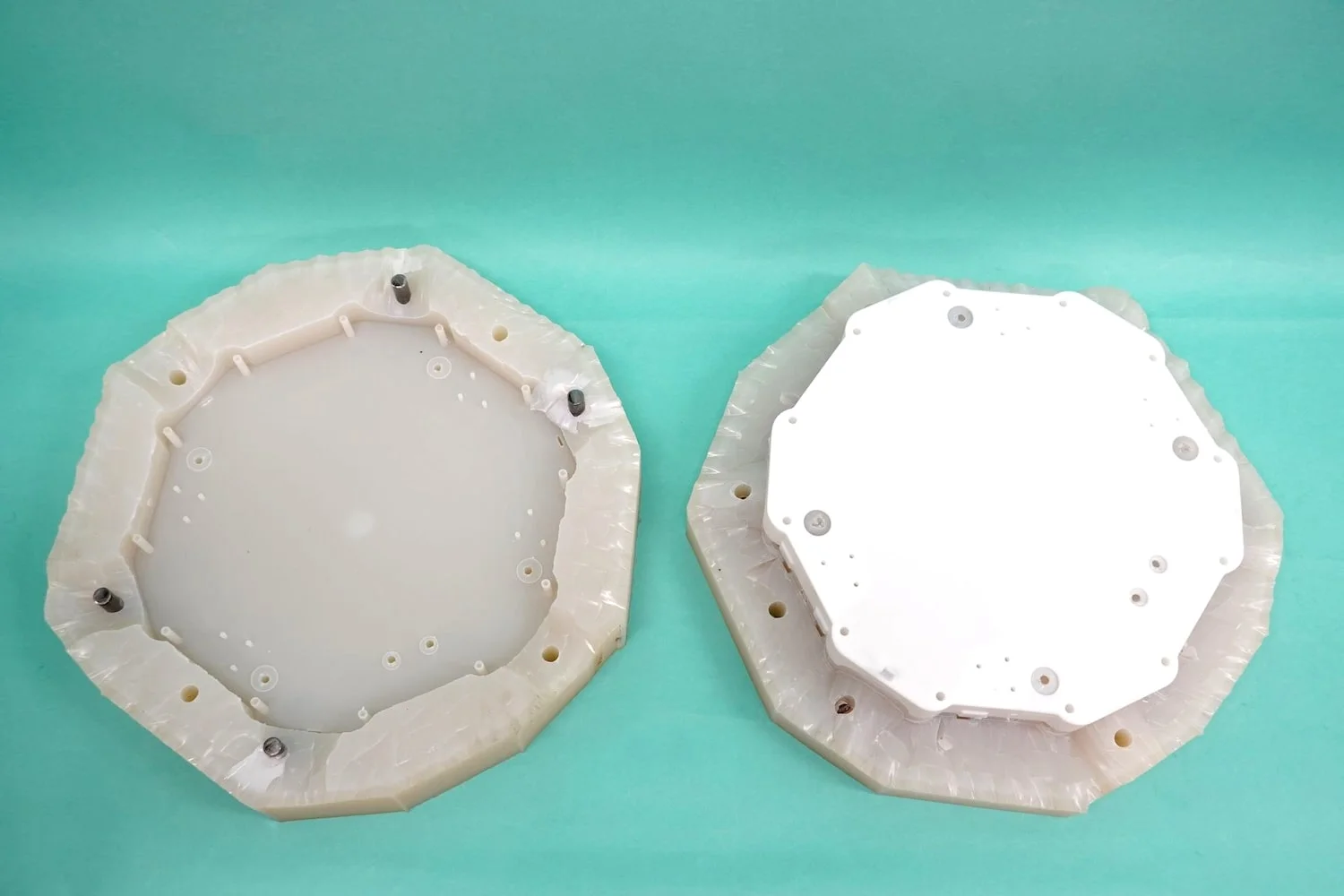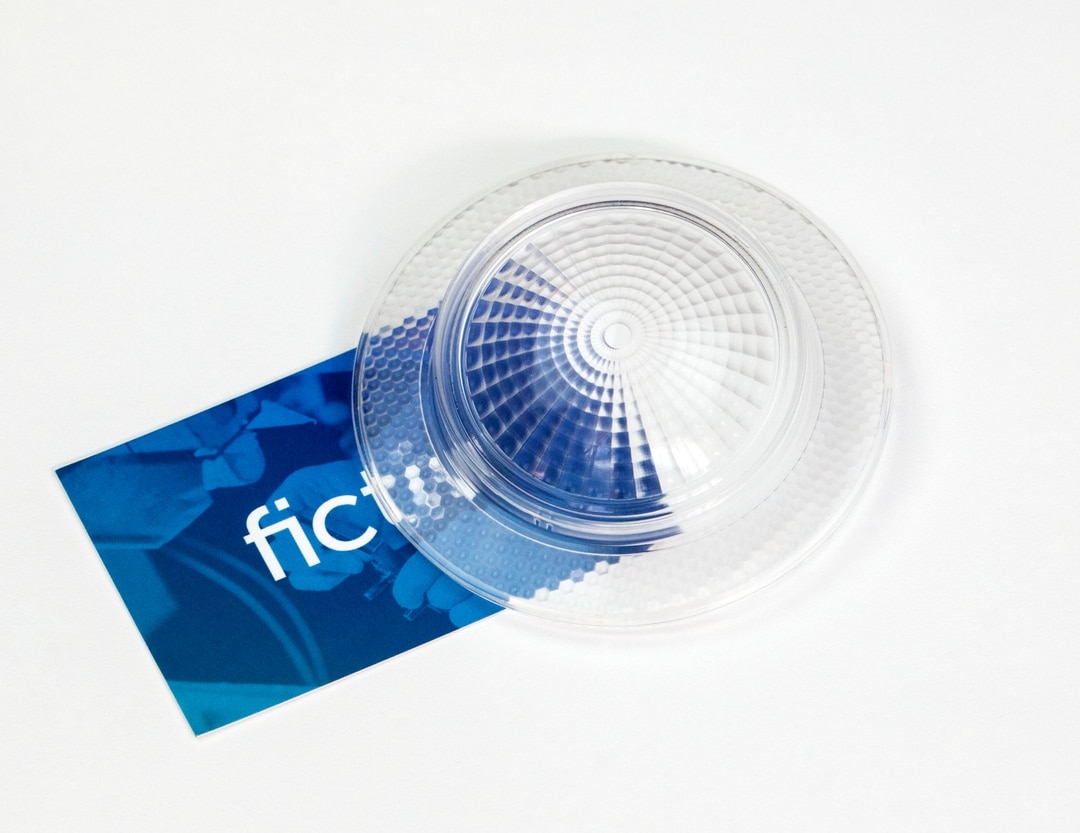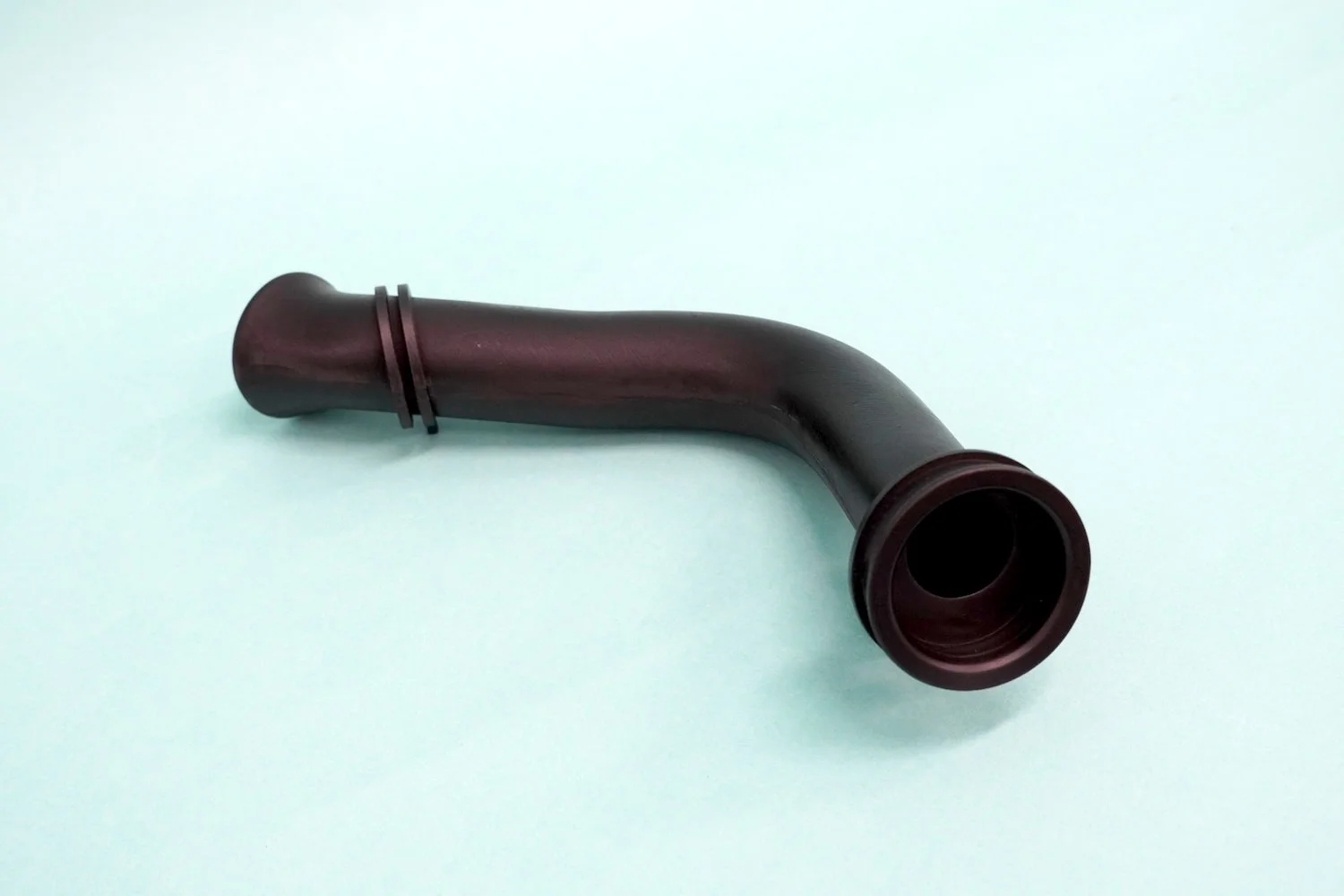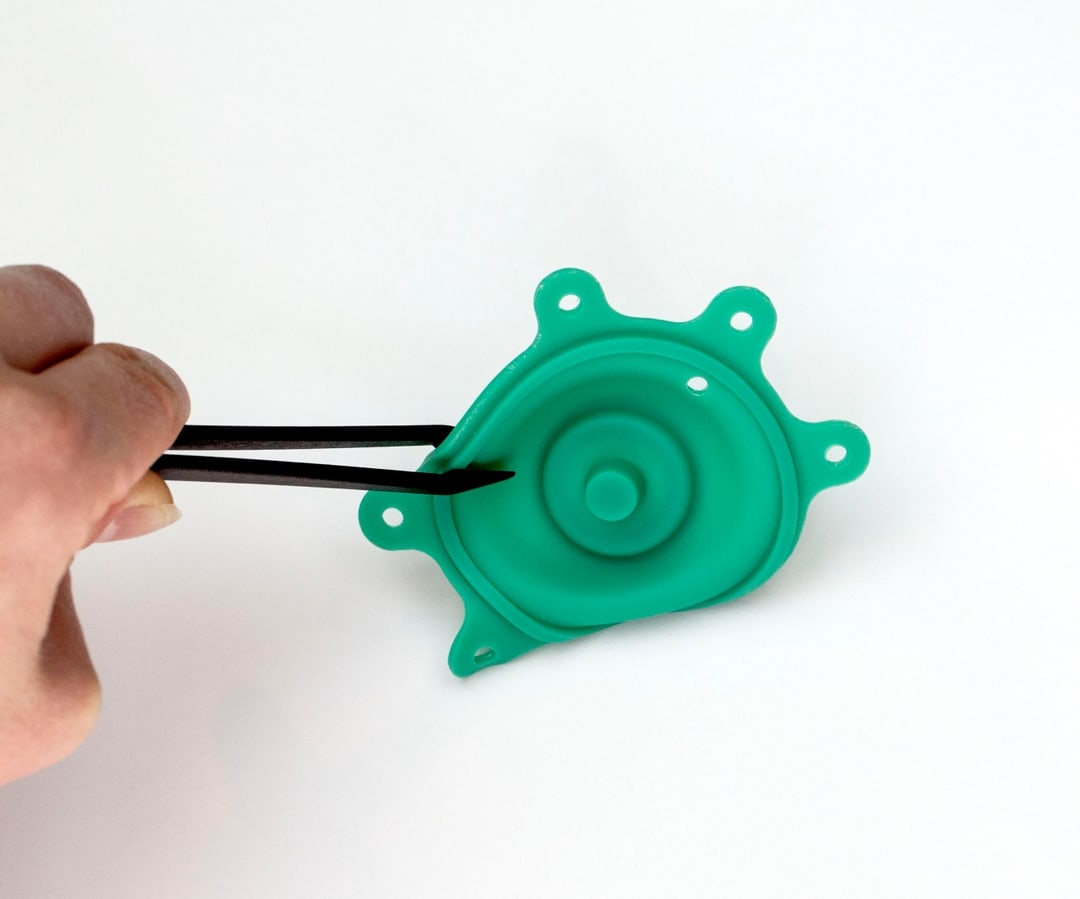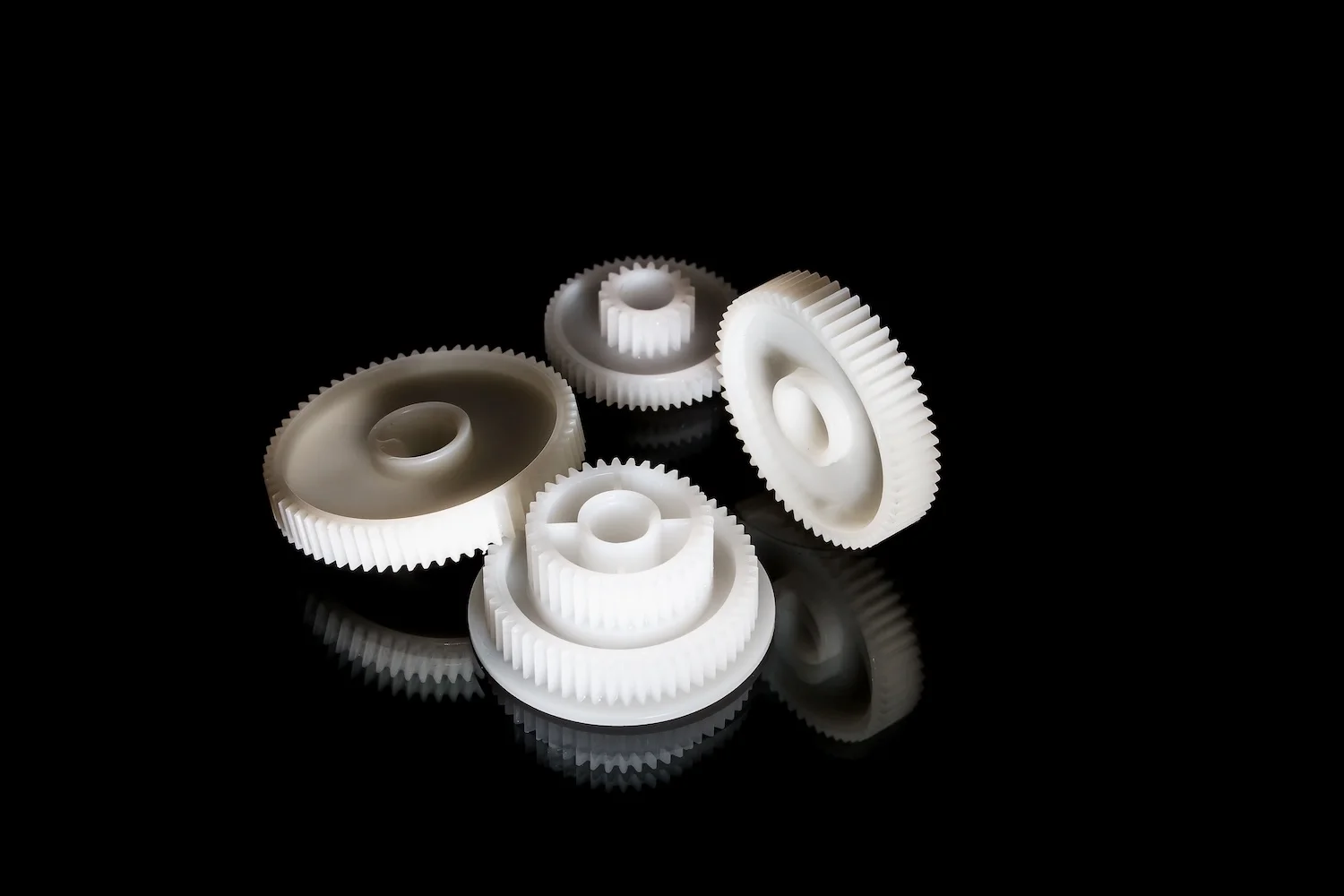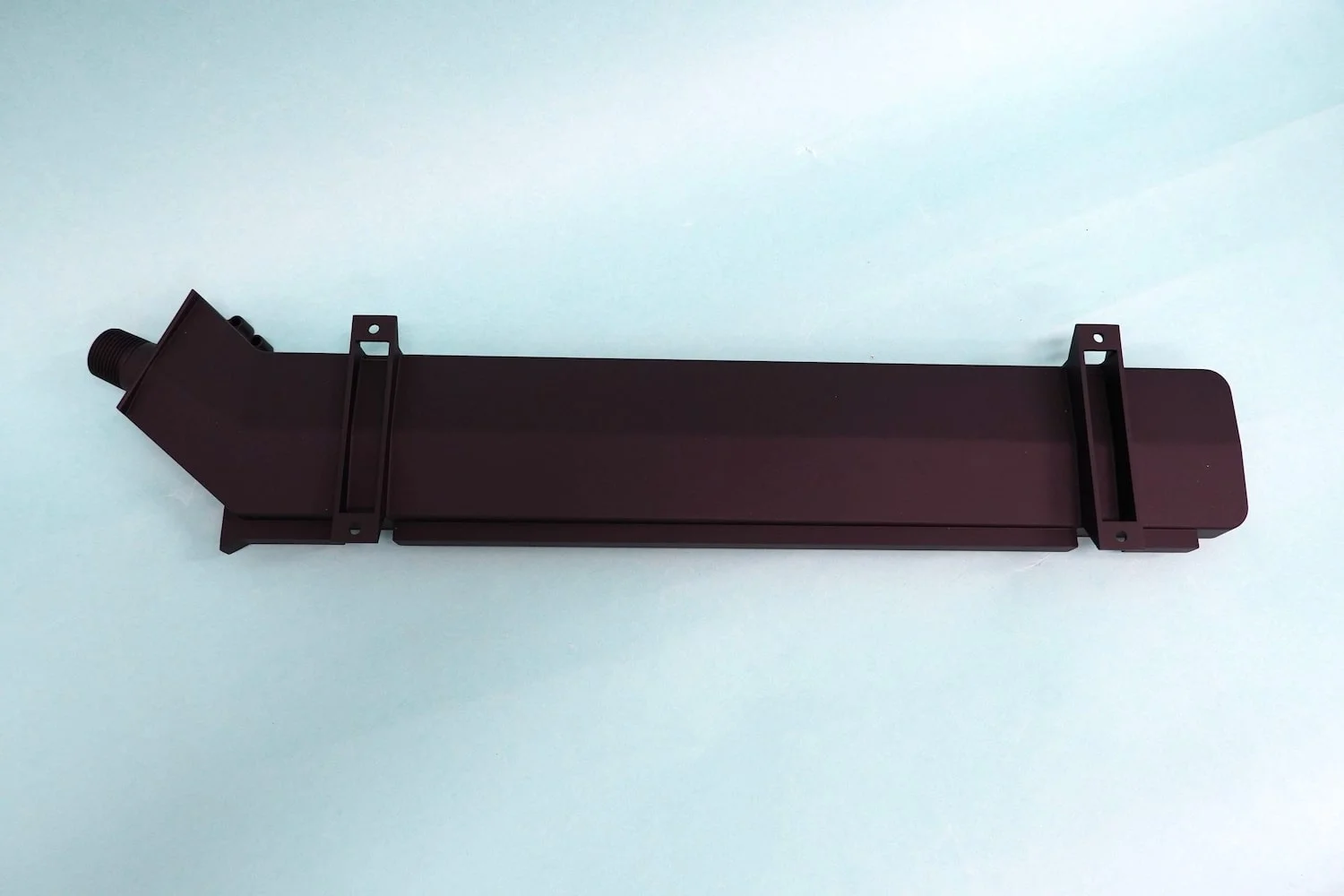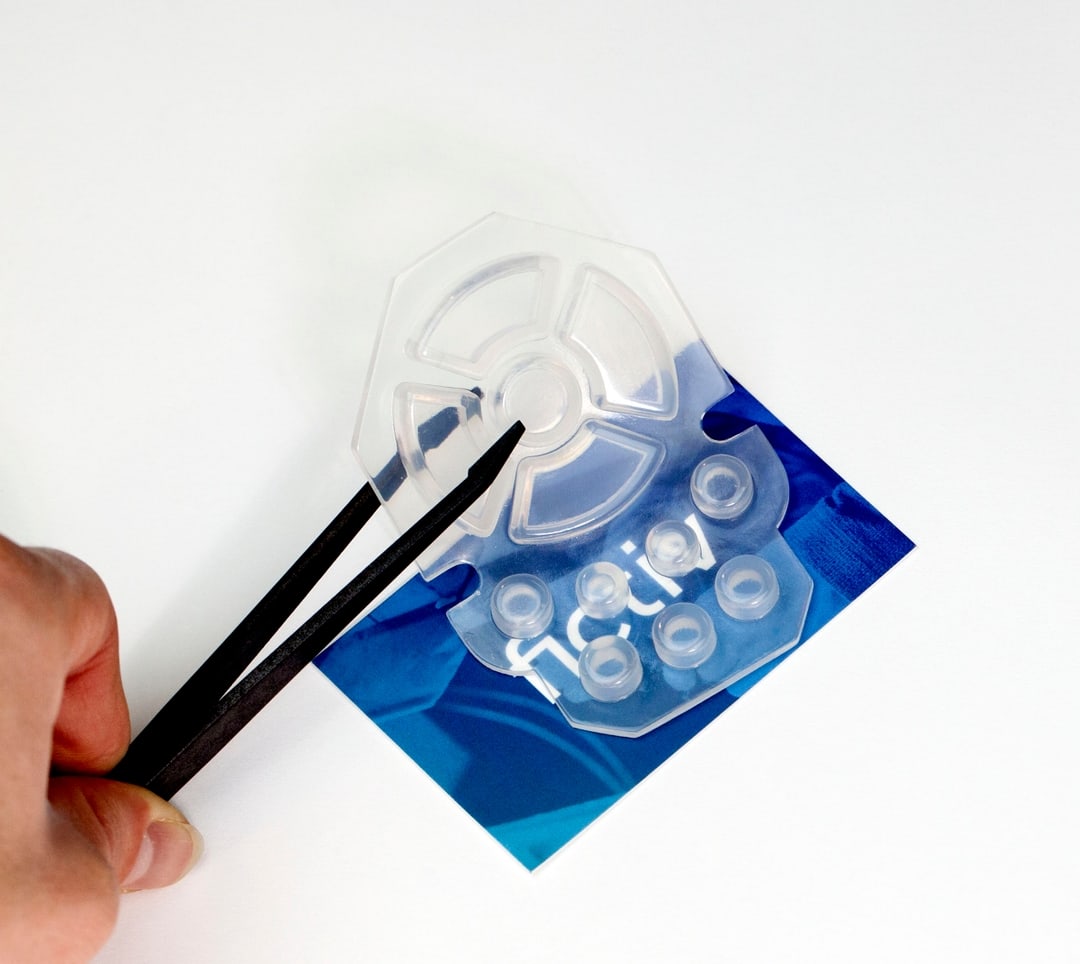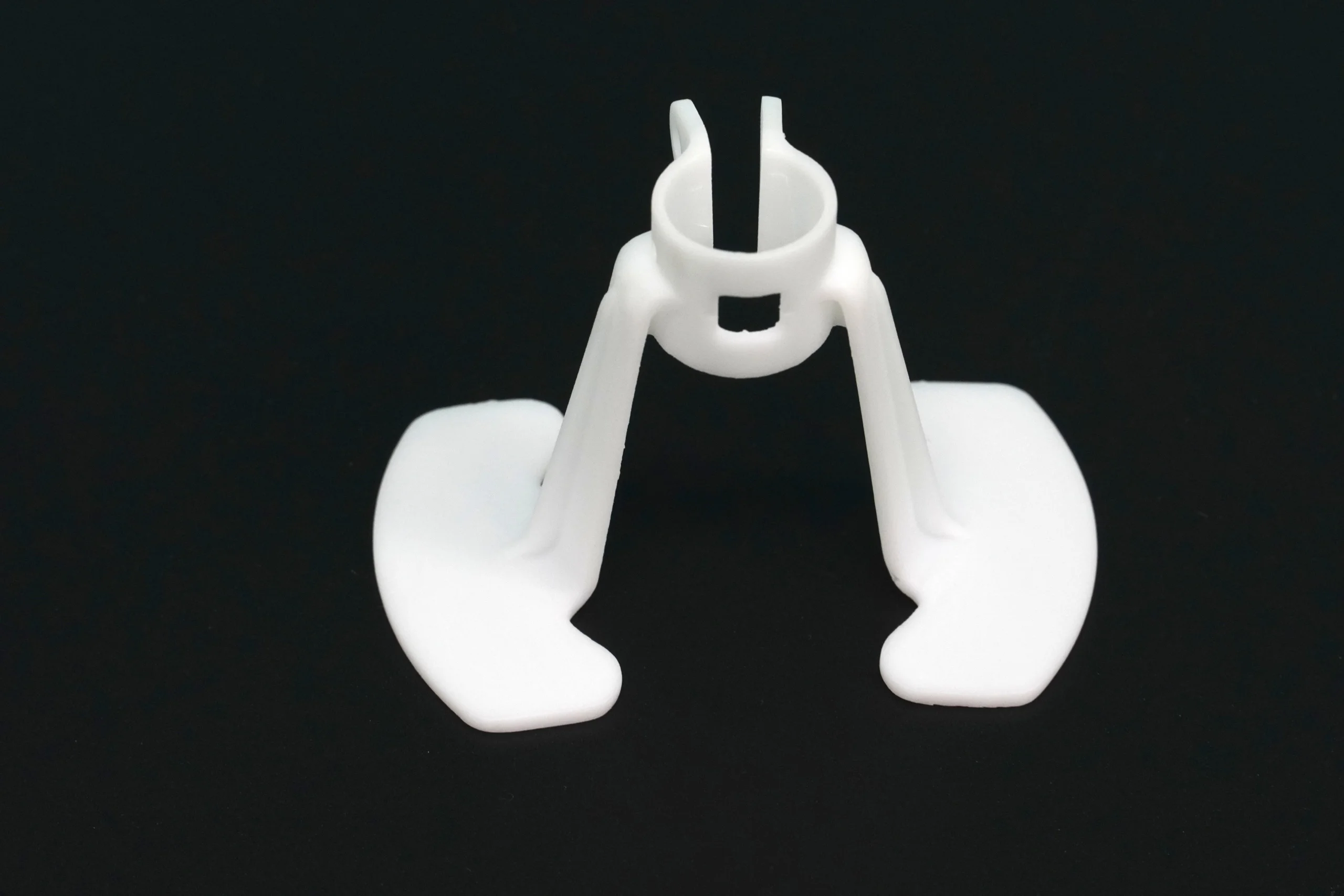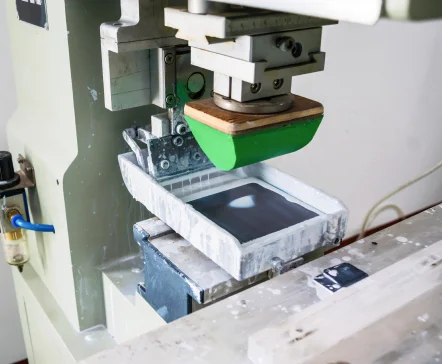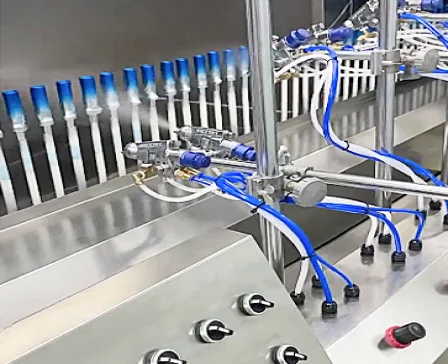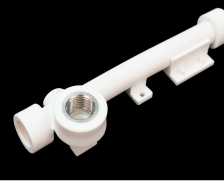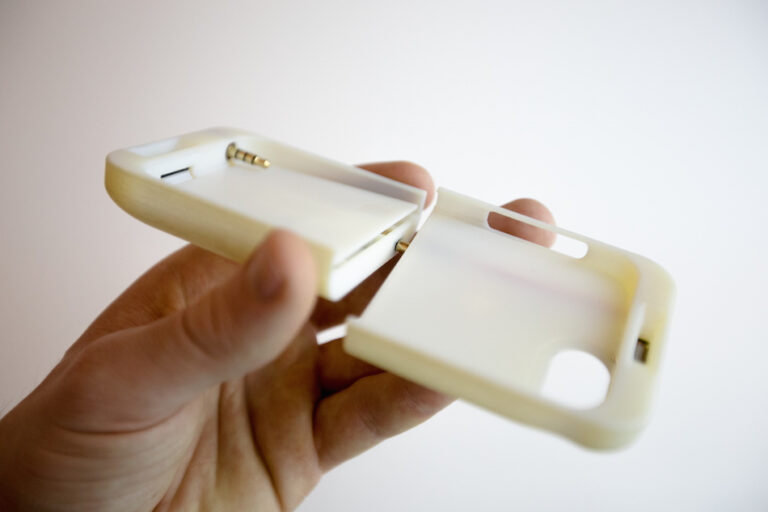About the Urethane Casting Process
Urethane casting (also known as RTV molding, cast urethane, and silicone molding) is a fabrication method that uses silicone molds to produce production-quality plastic parts.
Urethane Casting production consists of three main steps:
1. Build a master pattern using 3D printing or CNC machining
2. Build the mold by pouring platinum silicone around master
3. Pour liquid polyurethane resin into mold, create polyurethane casting under vacuum
Advantages of Urethane Casting
With urethane casting, you can get production quality parts at low volumes and without the high costs and lead times of steel or aluminum tooling. This is helpful for bringing new products to market where you may want production-grade products to test with new customers and markets and validate your design hypotheses before making a substantial investment to scale manufacturing.
Urethane Casting Design Considerations
If you are familiar with designing parts for injection molding, you can apply the same best practices and rules of thumb to design parts for urethane casting.








